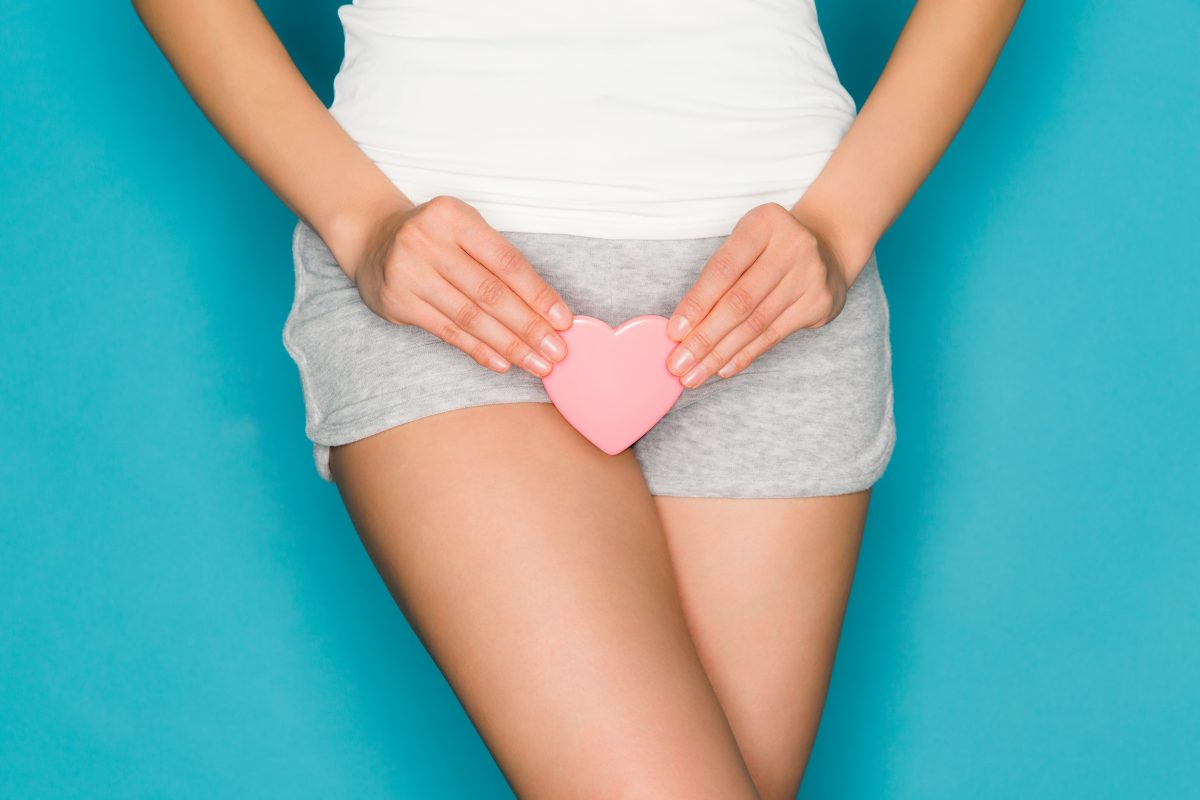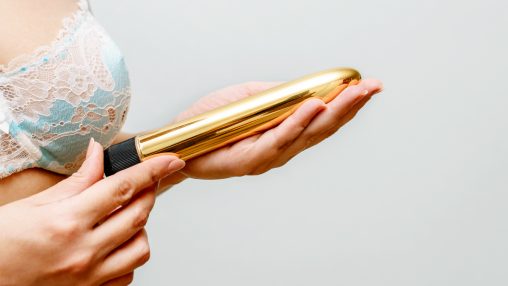Despite its notorious reputation as a downer, it’s good to know that menstruation is a completely normal process and necessary for baby production. Regular monthly menses or ‘periods’ are signs of excellent gynecological health despite the angst women feel while experiencing them. Known as the ‘curse’, Aunt Flo, or ‘being on the rag’ among other terms of endearment, monthly menses or ‘that time’ of the month can wreak havoc on everybody system from emotions, energy level, gastrointestinal, and appetite.
The most common symptom that often precedes the first drop of blood is cramps. Oh, and did I mention PMS or HMS—high maintenance syndrome. Cramps are the worst bodily sensation that most women report, but few people know that women who do not experience any cramps or HMS are sometimes less fertile than others. So, tell your man this when he complains or runs away, “Honey, my PMS is sign that I am a fertile woman which is important if you want to pass your DNA down the road”. Back to cramping— most of the sensation of cramping is in the abdomen and lower back, but even the upper legs can feel achy. The beginning of a menstrual cycle begins with the first day of bleeding and ends with the next onset of bleeding, even though most of those days, there is no bleeding….FORTUNATELY!
So what is going on with this necessary bodily function? There are four body systems that must be functional in order to produce a menstrual flow each month or let’s say every 21-35 days. The first organ necessary is the uterus or womb. It has three layers, but only the lining sheds each month. The second organs are next to the uterus, called the ovaries. They do for the woman what testicles do for the man. They produce the necessary hormones that make us female; estrogen, progesterone, and some testosterone. Yes, testosterone is necessary women, too. Hint: Sex drive and mood. Too much is not good, but that is another story. It’s called PCOS, or polycystic ovarian syndrome.
So, how does the ovary know when and what hormones to secrete into the blood stream? One ovary gets recruited each month as a result of the pituitary gland, a small organ next to the hypothalamus; both are in the brain. Basically, the hypothalamus makes hormones that act on the pituitary which then releases FSH and LH. These two hormone levels gradually rise with FSH coming out (of the pituitary) first and travels in the blood stream to the ovary to start a small egg sac called a follicle. This egg sac (some people call them ovarian cysts) also makes estrogen. Estrogen helps the lining of the uterus grow so it is nice and cushy for the fertilized egg to hang out. Hence, FSH stands for follicle stimulating hormone. Then the luteal phase (second half of the cycle-right before menstruation) is due to the gradual rise in LH which causes ovulation and releases progesterone that prepares the lining of the uterus for egg implantation. Only fertilized eggs can implant in the uterus. And if the egg misses that boat, it flows out with the rest of the blood.
Then the luteal phase (second half of the cycle-right before menstruation) is due to the gradual rise in LH which causes ovulation (egg release from the egg sac) and encourages progesterone production from the ovary. Progesterone prepares the lining of the uterus for egg implantation. Only fertilized eggs can implant in the uterus. And if the egg misses that boat, it flows out with the rest of the blood.
As you can see this is quite a complicated series of events to produce an egg each month. It possibly explains why women’s brains are bigger than men’s, but please ladies keep that to yourself. It’s really a wonder why there is such a population explosion given that the chance of conceiving each month is about 1 in 10. That’s because there are only 1 or 2 fertile days, possible 3 each cycle, and that is right before the egg is released at mid-cyle ovulation. Newsflash: Having sex twice in one hour increases the pregnancy rate 3X. Now that’s a lot of pressure on your man.
So basically, each organ responds to hormones from another organ and then when those hormones drop (after being used up), that drop signals the brain (the hypothalamus) to start the process all over again.
The great news in all of this is the resurgence of menstrual cups that were originally invented in the 1930’s, even before tampons took off. Menstrual cups are soft, flexible, and reusable cups that can be inserted for up to 12 hours, emptied, washed off, and reinserted. No more flooding or underwear shortage.









